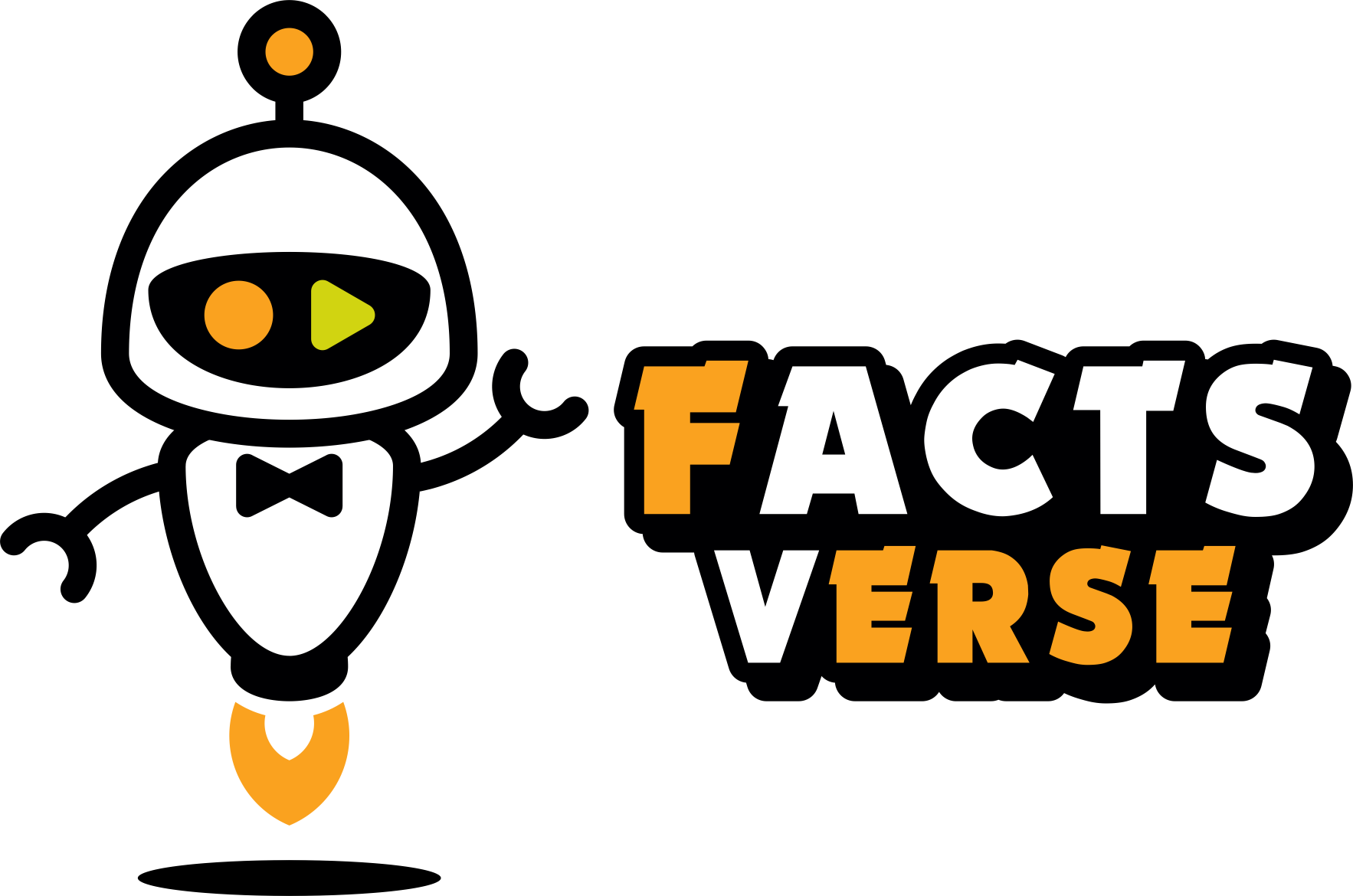In Charlie’s Angels (2000), Crispin Glover’s “Thin Man” stands out as a memorable villain who never speaks. This pale, blade-wielding assassin became compelling through his silence, which Glover insisted upon to amplify the character’s menace and mystery. Director McG embraced this idea, reshaping scenes to showcase Glover’s physicality.
▬Contents of this video▬
00:00 – Intro
01:10 – Background
03:23 – How the Idea of Muteness Emerged
05:09 – Production and On-Set Decisions
08:06 – Dramatic and Symbolic Functions of Silence
09:31 – Outro
Like this content? Subscribe here: https://www.youtube.com/factsverse?sub_confirmation=1
Or, watch more videos here: https://www.youtube.com/playlist?list=PLkXAntdjbcSJlJnpP4FgdU0swKbnkNgJj
Become a Facts Verse member and get access to all videos that contain mature content. Use the link below to get access to even more videos, ad-free.
https://www.youtube.com/channel/UCXZpQgX1897wYDLtvzmgyIA/join\
Despite a film filled with dialogue, the Thin Man’s silence created striking tension, captivating audiences who found him both terrifying and oddly elegant. This choice highlighted the power of mystery over words, illustrating Glover’s rebellion against convention. In Charlie’s Angels, silence became a form of profound art, speaking volumes without uttering a word.
Why Crispin Glover Didn’t Say a Single Word in Charlie’s Angels


